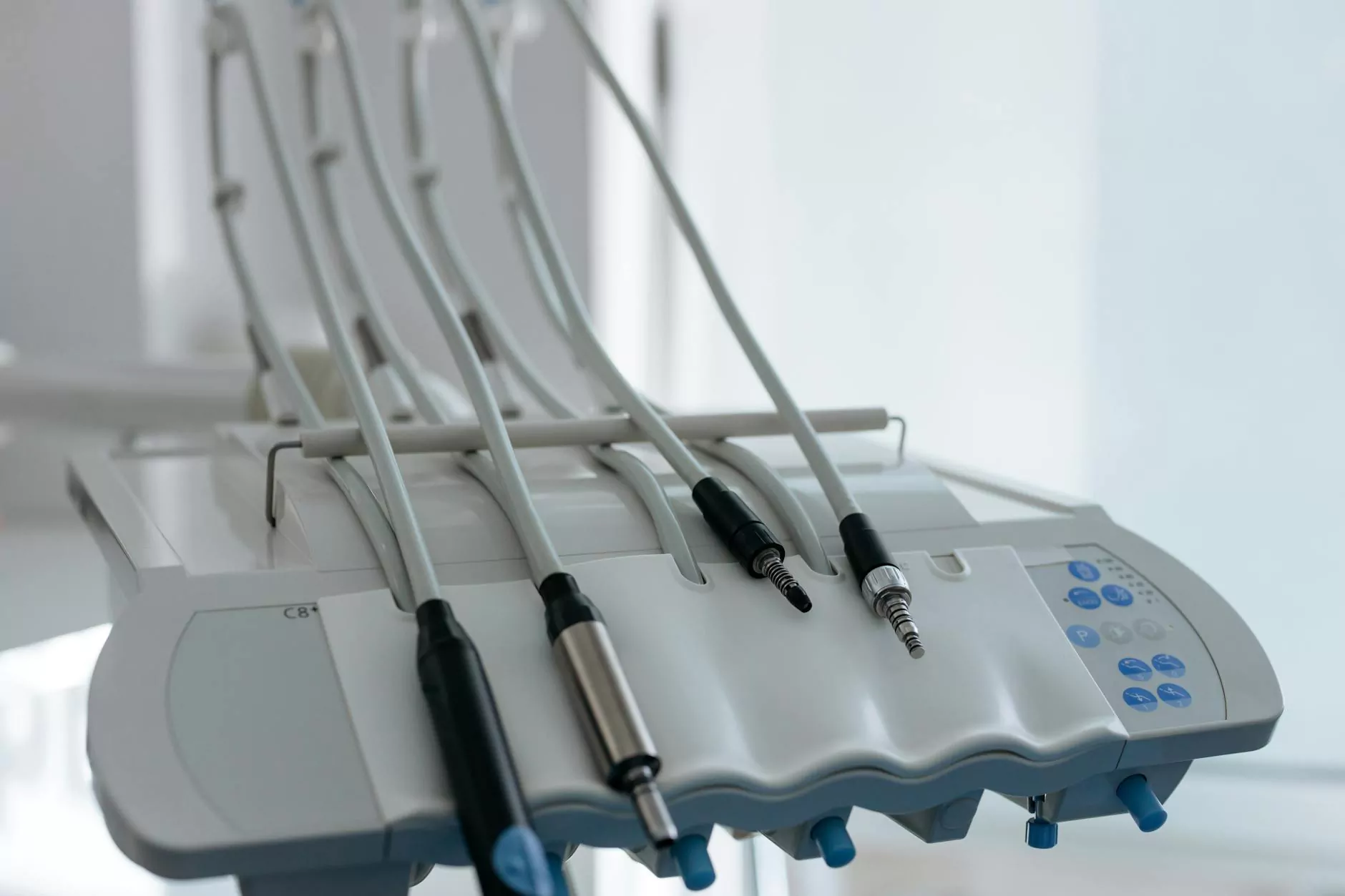The Intricacies of Restless Legs Syndrome: Symptoms, Causes, and Solutions

Restless Legs Syndrome (RLS), also known as Willis-Ekbom disease, is a neurological condition that creates an irresistible urge to move the legs. It is often accompanied by uncomfortable sensations, particularly in the evening or during periods of inactivity. Understanding the symptoms and causes of RLS is essential for diagnosis and effective management. This article aims to shed light on this often-misunderstood condition and provide valuable information for those affected.
What is Restless Legs Syndrome?
RLS is a common condition that impacts millions across the globe, yet many remain unaware of its existence and implications. It is characterized primarily by an overwhelming urge to move the legs, typically stemming from uncomfortable or unpleasant sensations. These feelings often worsen in the evenings or at night, making peace and rest elusive. For this reason, RLS can severely impact sleep quality, daily functioning, and overall quality of life.
Common Symptoms of Restless Legs Syndrome
The symptoms of RLS can vary significantly in severity and occurrence. Understanding these symptoms is vital in identifying the condition early. Here are some prevalent symptoms associated with RLS:
- Uncontrollable Urge to Move: This is the hallmark symptom of RLS, where individuals feel an intense need to move their legs, particularly during periods of rest.
- Unpleasant Sensations: People with RLS often describe strange sensations in their legs that can include tingling, crawling, or aching. These feelings can vary widely from person to person.
- Symptoms Worsen at Night: RLS symptoms typically intensify during the evening hours, making it difficult to relax and fall asleep when most people are preparing for rest.
- Temporary Relief Through Movement: Movement can often provide temporary relief from RLS symptoms, leading individuals to pace, stretch, or shake their legs to alleviate discomfort.
- Disrupted Sleep Patterns: The discomfort and urgency associated with RLS can severely disrupt sleep, leading to insomnia or excessive daytime sleepiness.
Understanding the Causes of Restless Legs Syndrome
Identifying the causes of RLS is essential for effective management. While the exact cause is often unknown, several factors can contribute to the development or worsening of RLS:
Genetics
Genetic predisposition plays a significant role in RLS. Research suggests that the condition may run in families, indicating that hereditary factors could be involved. If you have a family history of RLS, you may be at a higher risk of developing it yourself.
Neurological Factors
RLS is linked to imbalances in dopamine, a neurotransmitter responsible for sending messages to the brain that control muscle movement. Disruptions in dopamine signaling can lead to the involuntary leg movements characteristic of RLS.
Iron Deficiency
Iron deficiency has been closely associated with RLS. Low levels of iron in the body can affect dopamine production and availability, leading to increased RLS symptoms. Individuals suffering from anemia often experience heightened RLS symptoms.
Medical Conditions
Several medical conditions have been linked to RLS, including:
- Chronic Kidney Disease: RLS is frequently observed in individuals with chronic kidney disease due to the body's alterations in iron metabolism and other factors related to kidney dysfunction.
- Peripheral Neuropathy: This condition often involves nerve damage, which can evoke sensations similar to those in RLS.
- Pregnancy: Many women may experience RLS during pregnancy, especially in the third trimester, due to hormonal changes and increased pressure on the blood vessels.
Lifestyle Factors
Certain lifestyle choices can exacerbate the symptoms of RLS. These include:
- Use of Specific Medications: Some medications, particularly antihistamines, antidepressants, and antipsychotics, may worsen RLS symptoms.
- Alcohol and Caffeine Intake: Stimulants like caffeine and alcohol can interfere with sleep patterns and worsen sensations associated with RLS.
- Inactivity: Prolonged sitting or inactivity can exacerbate RLS symptoms, prompting the urge to move.
Diagnosis of Restless Legs Syndrome
Diagnosing RLS typically involves a comprehensive assessment of symptoms and medical history. There are no specific tests for RLS; however, doctors may conduct physical exams and order blood tests to identify underlying conditions such as iron deficiency or other contributing medical issues.
Criteria for Diagnosis
The following criteria are typically used to diagnose RLS:
- An overwhelming urge to move the legs: This is generally recognized as the primary symptom.
- Worsening of symptoms during periods of inactivity: Symptoms must worsen when at rest.
- Relief with movement: A requirement that the discomfort lessens with walking or leg movement.
- Evening or nighttime symptoms: Symptoms typically occur or worsen during the night.
Treatment Options for Restless Legs Syndrome
Treating RLS can often involve a combination of lifestyle changes, home remedies, and medication. Finding the right treatment may take time and patience.
Lifestyle Modifications
Incorporating healthy habits can significantly impact RLS symptoms:
- Regular Exercise: Engaging in moderate physical activity can help alleviate symptoms. However, excessive or intense exercise may have the opposite effect.
- Establishing Sleep Hygiene: Maintaining a consistent sleep schedule and creating a comfortable sleep environment can help improve sleep quality.
- Avoiding Stimulants: Limiting caffeine and alcohol consumption, especially close to bedtime, may reduce RLS symptoms.
Medical Treatment
For those with more severe symptoms, medication may be necessary. Treatment options include:
- Dopaminergic Agents: Medications that increase dopamine levels, such as ropinirole and pramipexole.
- Anticonvulsants: Certain drugs, like gabapentin and pregabalin, can help manage the discomfort of RLS.
- Iron Supplements: If low iron levels are indicated, iron supplements may be prescribed to improve symptoms.
Conclusion
Restless Legs Syndrome can be an incredibly disruptive condition, affecting not only sleep but overall quality of life. Understanding the symptoms and causes of RLS is a critical step toward effective management. Whether through lifestyle changes, medical treatment, or both, those experiencing RLS can find relief and regain better control over their lives. If you suspect you may have RLS, it's essential to consult a healthcare professional for proper evaluation and treatment options.
Resources for Further Support
For more information and support regarding Restless Legs Syndrome, consider reaching out to the following resources:
- Restless Legs Syndrome Foundation: A dedicated organization providing tools and information.
- Health Care Providers: Always discuss symptoms with a qualified healthcare professional for personalized advice.
- Support Groups: Connecting with others experiencing similar symptoms can provide emotional support and shared coping strategies.









